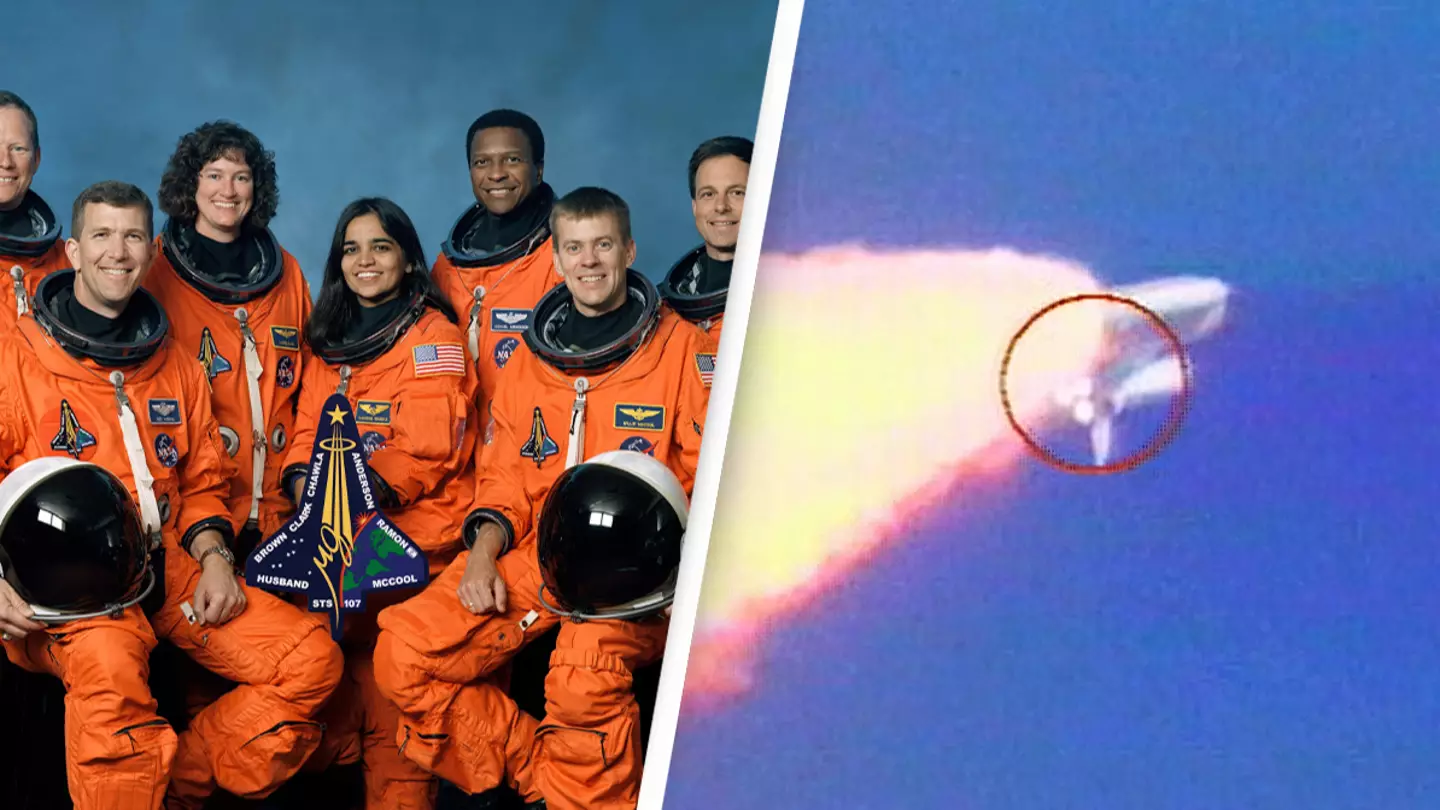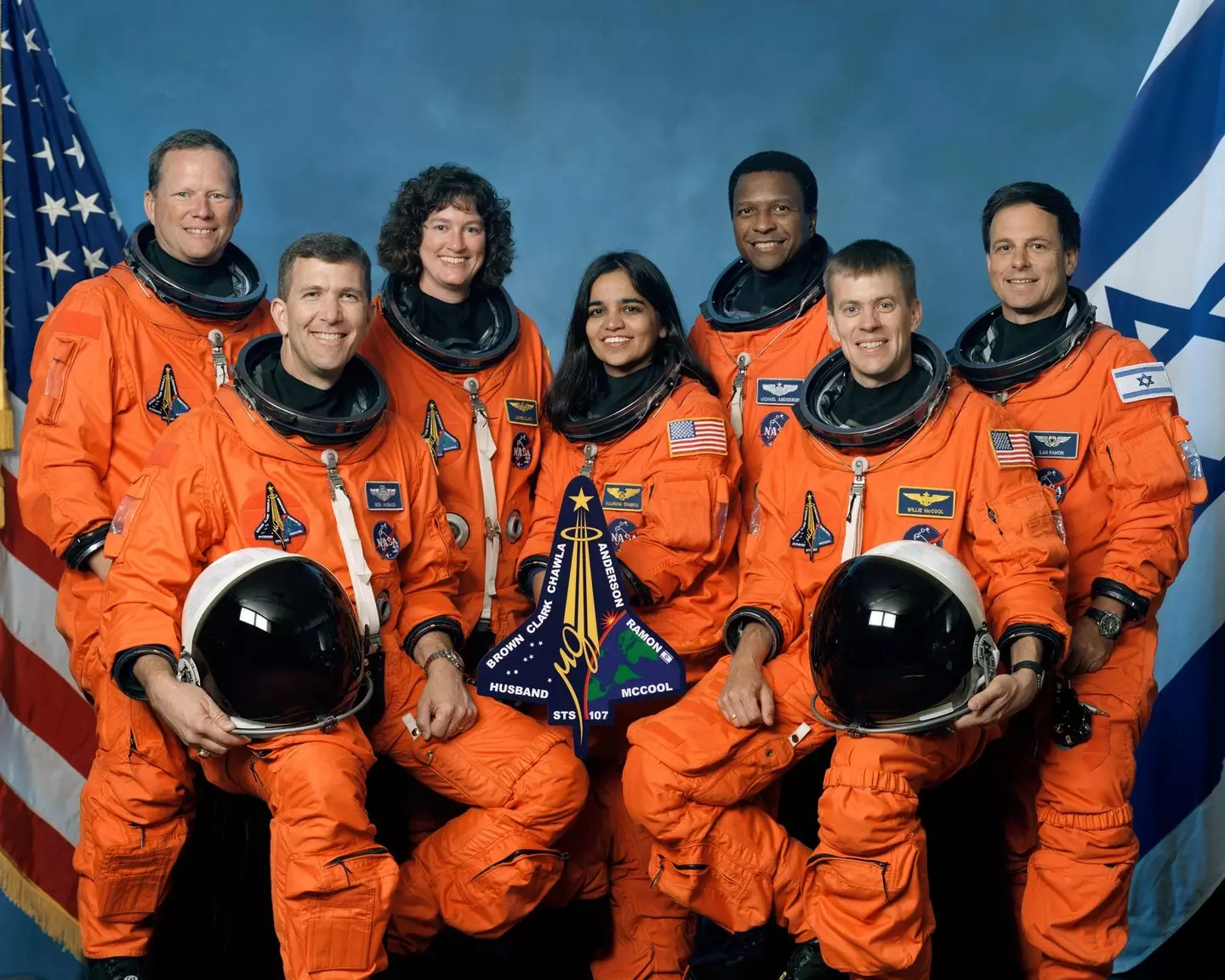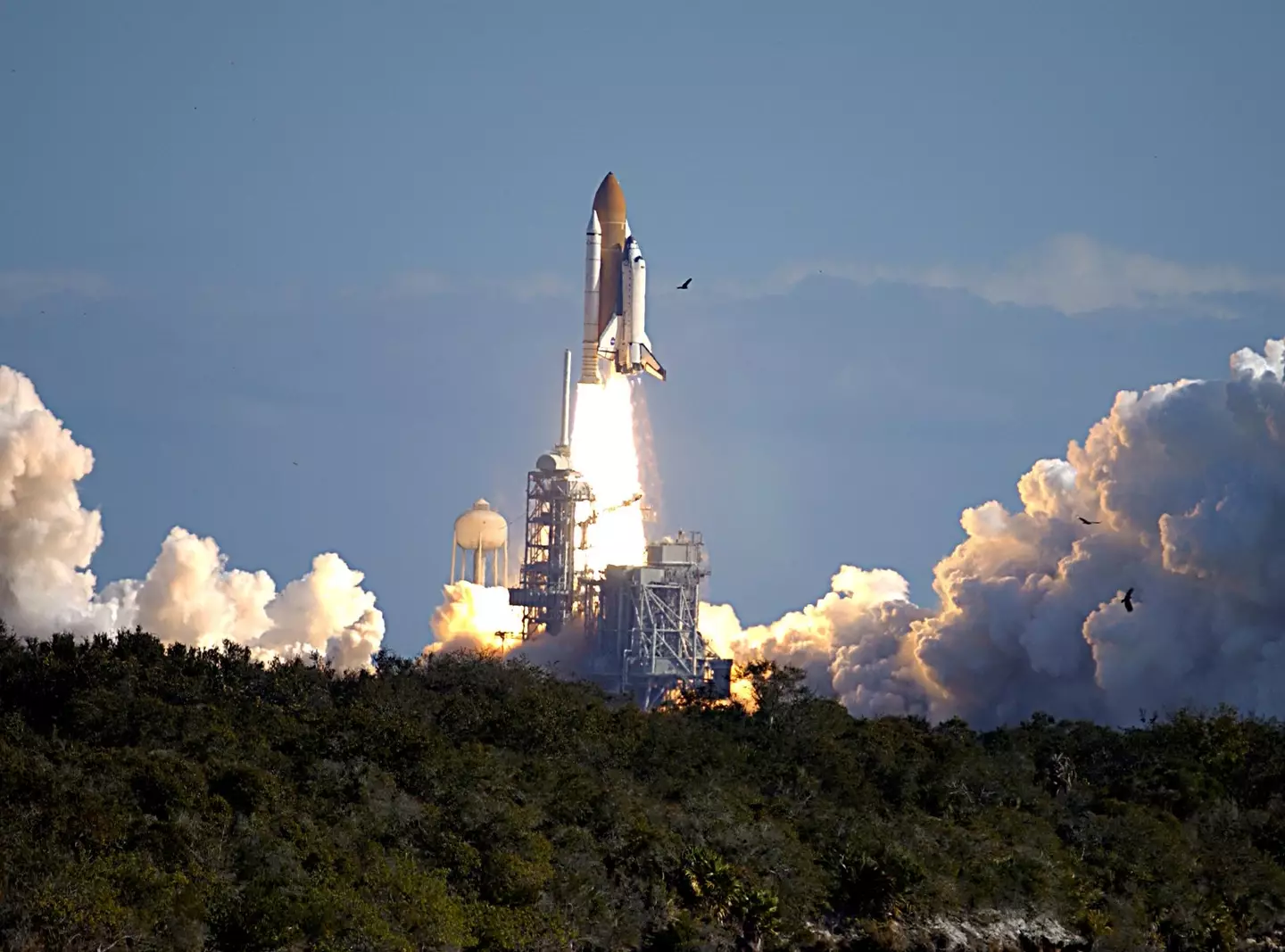
The tragedy of the Columbia STS-107 mission changed how NASA approached getting people to space forever.
On January 16, 2003, a team of astronauts named Rick D. Husband, William C. McCool, Michael P. Anderson, David Brown, Kalpana Chawla, Laurel Blair Salton Clark and Ilan Ramon lifted off from Kennedy Space Center in Florida as part of the Columbia STS-107 space mission.
The space shuttle used - the Columbia - was the 113th flight of the Space Shuttle program and had completed 27 missions before its fateful departure on January 16.
The 'science mission featur[ed] numerous microgravity experiments,' according to NASA's website.
Advert
Three studies for physical sciences provided 'new insights into combustion and fire suppression that cannot be gained on Earth' and another experiment furthered the understanding of 'construction techniques' and helped engineers prepare 'stronger foundations for structures in areas where earthquakes, floods and landslides are common'.
Other experiments helped with research towards ways to 'combat prostate cancer' and 'possible therapies against the factors that cause cancers to spread and bone cancer to inflict intense pain on its sufferers,' as well as 'a new technique of encapsulating anti-cancer drugs to improve their efficiency'.
The mission lasted 17 days, however the day the spacecraft reentered Earth's atmosphere changed everything.

While the astronauts had been conducting ground-breaking investigations in space, another investigation was taking place on Earth. It revealed during the launch of the space shuttle, a piece of insulating foam had fallen off the 'external tank' of the shuttle and hit the 'reinforced carbon carbon panels on the underside of the left wing' - damaging the thermal protection system.
Advert
It was predicted the space shuttle wouldn't be able to remain intact as it tried to reenter the Earth's atmosphere and the astronauts onboard would absolutely certainly die - and it was too late and the shuttle too far away to try and save them.
As the Columbia was over Texas reentering the Earth's atmosphere, 'the Columbia orbiter suffered a catastrophic failure due to a breach', NASA's website states.
This hole in the left wing meant the damaged left wing overheated during re-entry into the atmosphere and so it came apart and caused the space shuttle to disintegrate around just 16 minutes before the space shuttle was anticipated as touching down back at Kennedy Space Center.
A NASA crew survival report from 2008 revealed as the cabin lost pressure, the crew members likely lost consciousness 'within seconds'.

It continued: "Although circulatory systems functioned for a brief time, the effects of the depressurisation were severe enough that the crew could not have regained consciousness. This event was lethal to the crew.
Advert
"The unconscious or deceased crew was exposed to cyclical rotational motion while restrained only at the lower body. Crew helmets do not conform to the head. Consequently, lethal trauma occurred to the unconscious or deceased crew due to the lack of upper body support and restraint."
NASA's Deputy Associate Administrator, Wayne Hale, added at the time: "We have evidence from some of the switch positions that the crew was trying very hard to regain control. We're talking about a very brief time in a crisis situation.
"This report confirms that although the valiant Columbia crew tried every possible way to maintain control of their vehicle, the accident was not ultimately survivable."
The tragedy and report ultimately led to NASA making some significant changes to its approach to building spacecraft, sending people to space and training.
Advert
If you have experienced a bereavement and would like to speak with someone in confidence, contact Cruse Bereavement Care via their national helpline on 0808 808 1677.
Topics: NASA, Space, Health, World News, US News